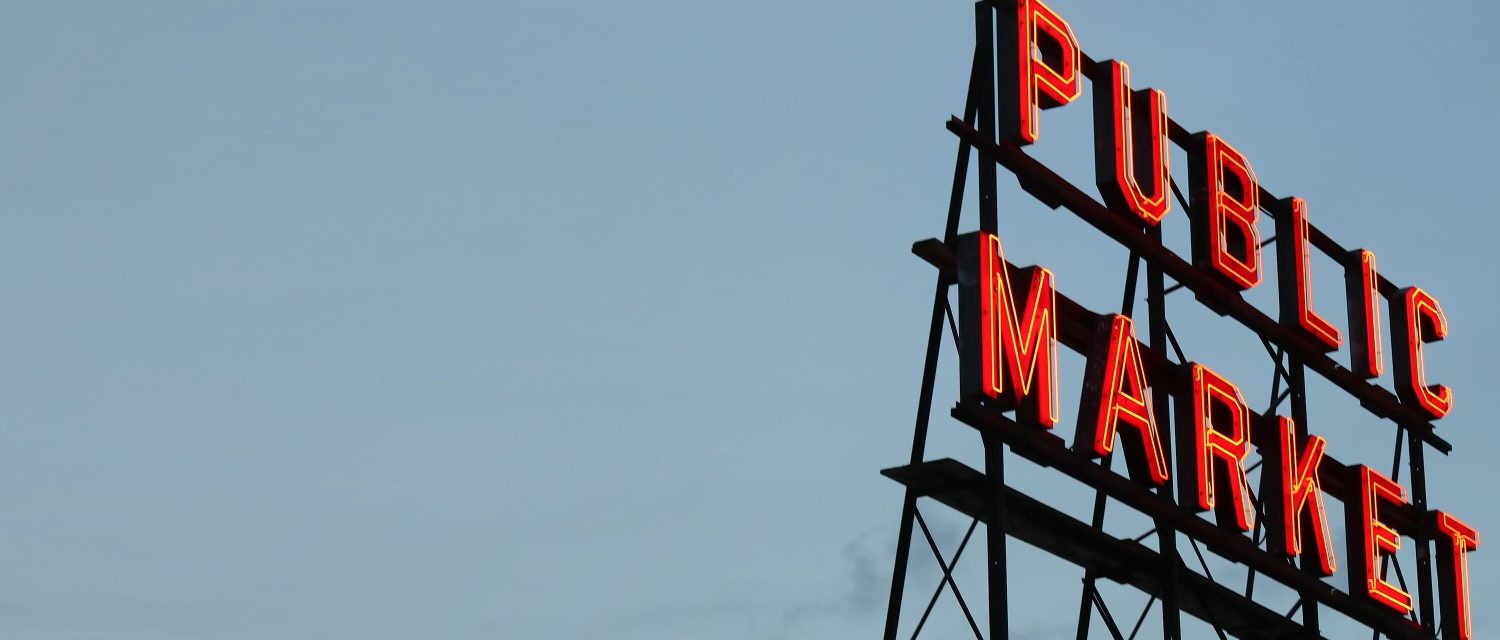

Flights to Seattle
Flight info
Climate
Travel advice
Local info
We fly to Seattle daily
10 hour flight time
Flights from London Heathrow (LHR)
- Monday
- Tuesday
- Wednesday
- Thursday
- Friday
- Saturday
- Sunday
Discover Seattle
The home of Starbucks, Frasier, and of course the Space Needle. With views out across the breath takingly beautiful Puget Sound and surrounded by forest Seattle is a city that effortlessly combines the fast-paced modern life with quiet contemplation. If you have time stop in at the beautiful Chihuly Garden for mind-blowing glass sculpture.
Upper Class customers will enjoy a full 180-degree flatbed to ensure you won’t be sleepless to Seattle (sorry).